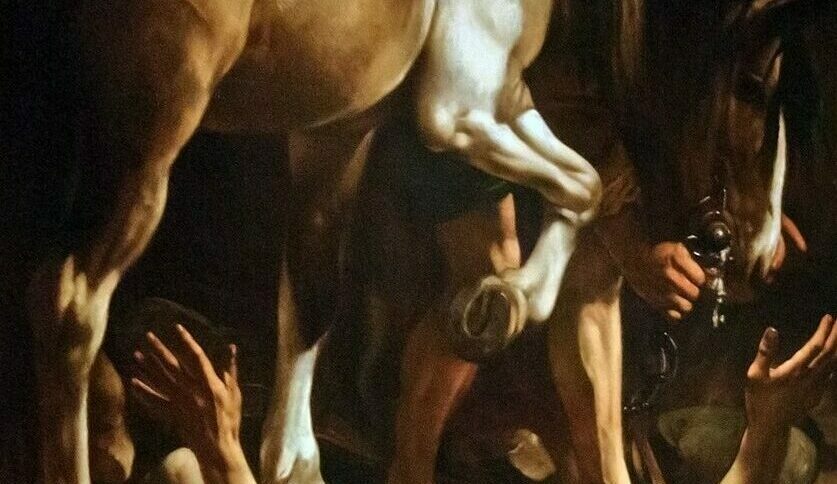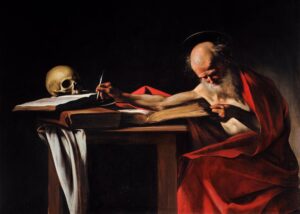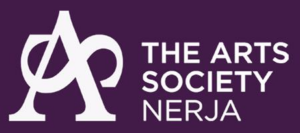Caravaggio remains one of the most compelling painters in art history. His works have an intensity that few other artists from his time could manage – they are dark, violent, and detailed to the point almost of photorealism. What was it about his background that led him to such originality? Working mainly for ecclesiastical patrons, Caravaggio’s art was shaped by religious ideas of the time such as the beliefs of the various Catholic orders like the Jesuits and Oratorians. But it was also influenced by the wider historical context. The Catholic faith had been under threat spiritually and militarily from the Protestants for almost a century, and the tensions would immanently spill over into one of Europe’s most bloody wars. In the middle of this Caravaggio would paint a vision of religion that shared the darkness and violence of his times.
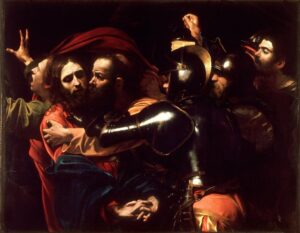
About Matthew Wilson
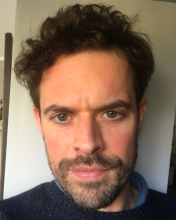
Secret symbols, Nazi-fighting, cultural love affairs, the ‘nude’, snowmen, and artistic espionage are among the diverse interests of art historian Matthew Wilson. Matthew studied History of Art at the Courtauld Institute and is an author, lecturer, and educator. As a freelance journalist he writes for numerous publications including BBC Culture, The Spectator, The Economist and Aesthetica Magazine. He has written two books on symbolism – ‘Symbols in Art’ (Thames & Hudson, 2020) and ‘The Hidden Language of Symbols’ (Thames & Hudson 2022) and his latest book is ‘Art Unpacked’ – a fully illustrated introduction to understanding art (Thames & Hudson 2023).


